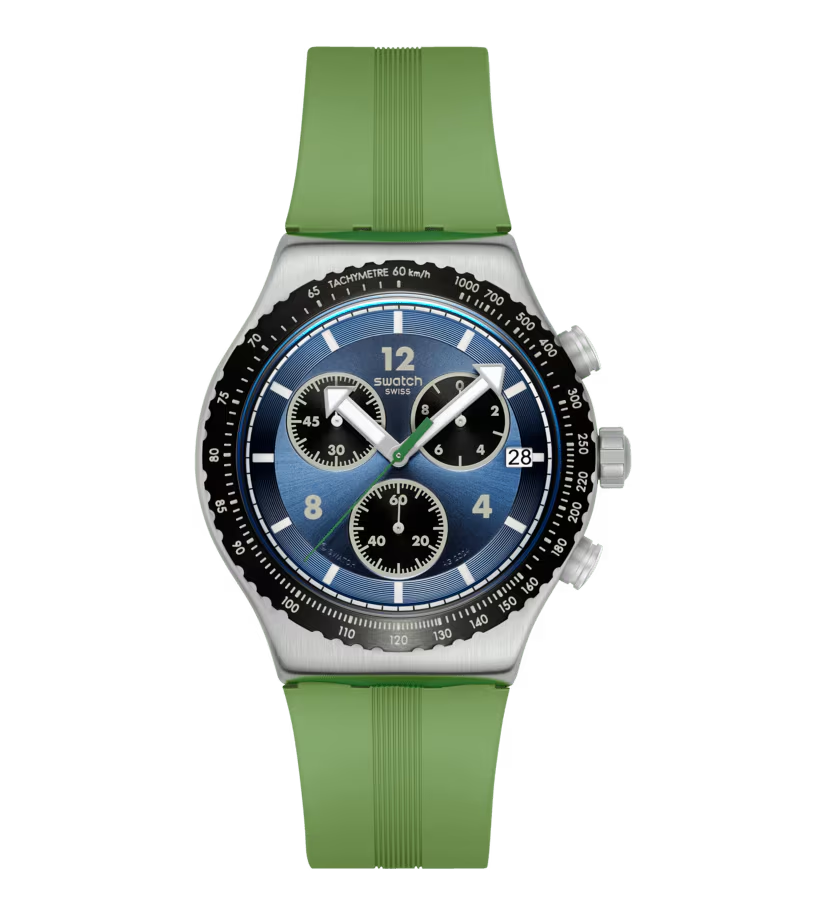By the late 1970s, the Swiss watch industry was in crisis, losing ground to cheaper and more accurate Japanese quartz watches (like Seiko). In response, a group led by Swiss engineer Elmar Mock and watchmaker Jacques Müller at ETA SA (a subsidiary of ASUAG) developed a new kind of watch: one that was high-quality yet inexpensive, with fewer parts and quartz movement.

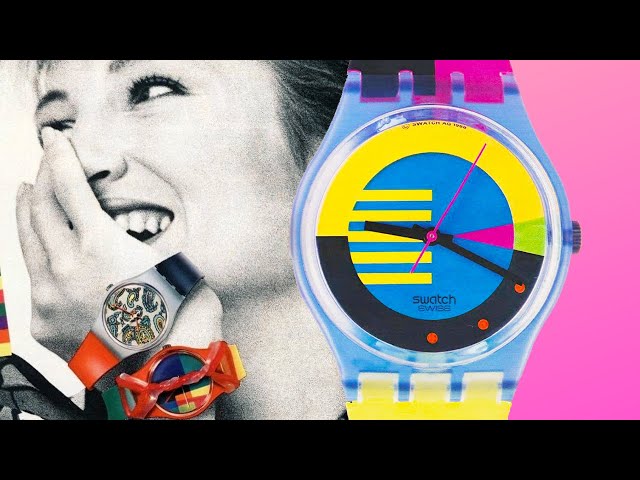
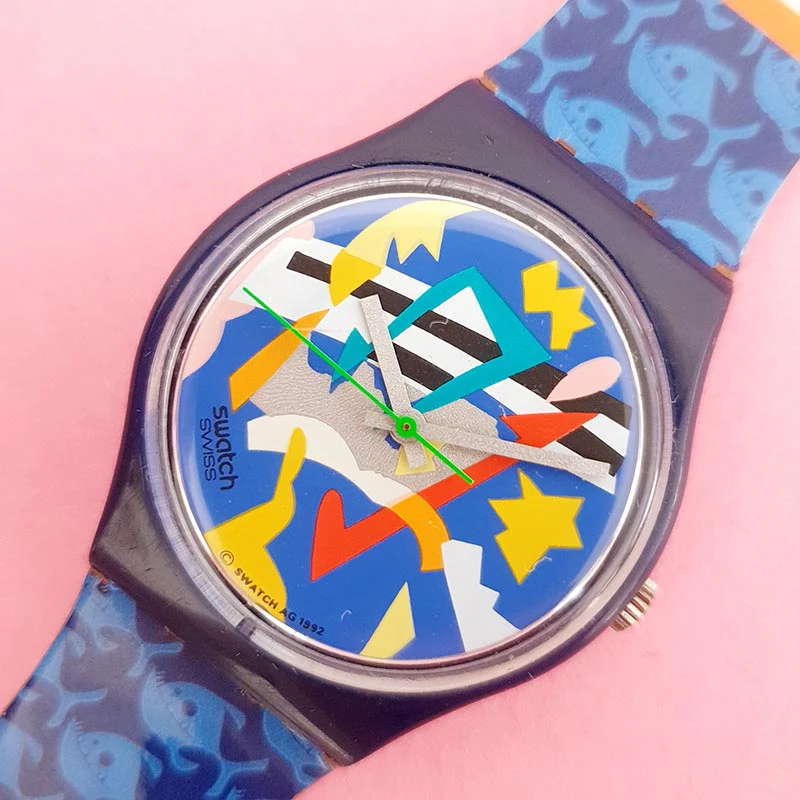
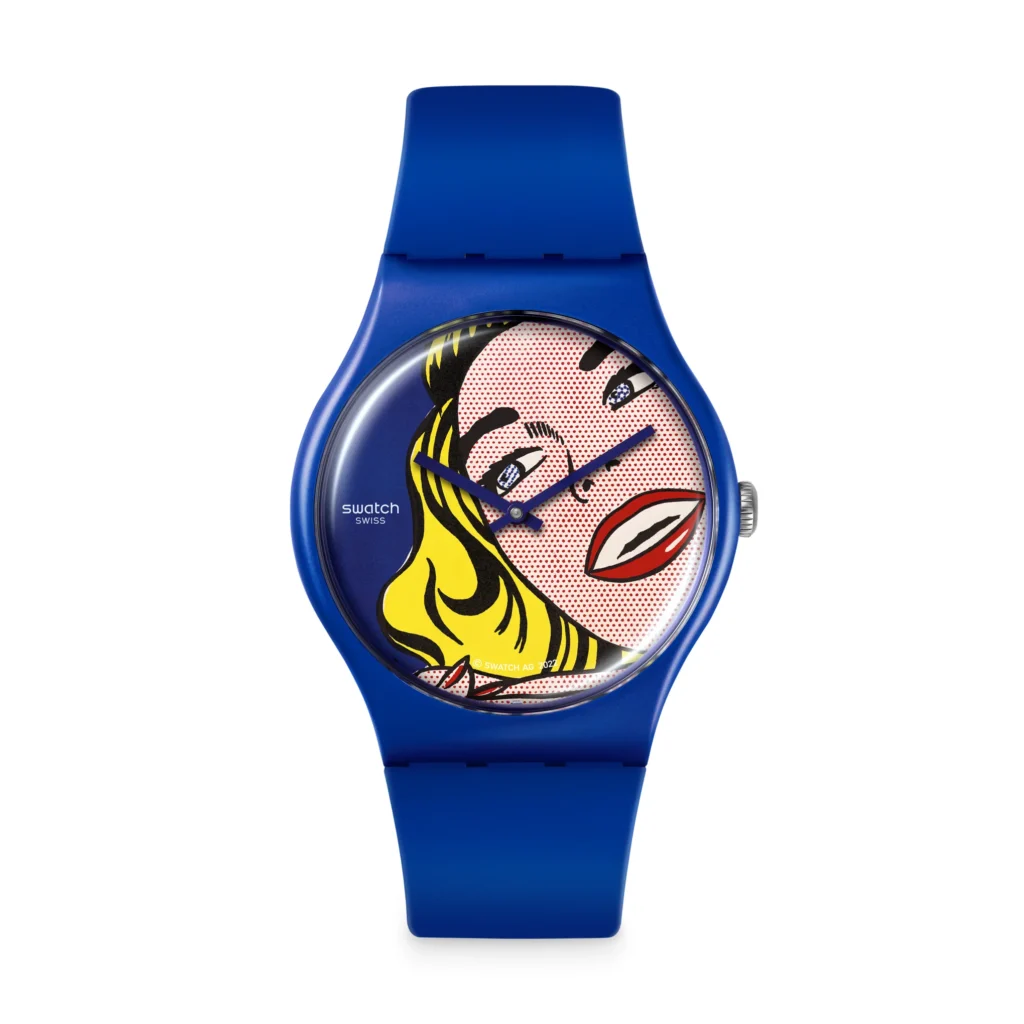
The Birth of Swatch (1983):
The idea was turned into a brand by Nicolas G. Hayek, a Lebanese-born Swiss businessman. Hayek led a management buyout, forming SMH (Société de Microélectronique et d’Horlogerie), later renamed The Swatch Group.
The first Swatch watches were launched in March 1983. The name “Swatch” stands for “Second Watch,” emphasizing its affordability and casual appeal.
Key Innovations:
Bright, playful designs appealing to younger consumers
Plastic case (injection-molded)
51 parts instead of the typical 91 or more
Sealed design, making it maintenance-free
Cultural Impact (1980s–1990s):
Swatch watches became a fashion phenomenon. Collectors, “Swatchheads,” emerged quickly. Swatch also collaborated with artists (like Keith Haring) and launched Swatch events, such as Swatch-sponsored sports and art happenings.
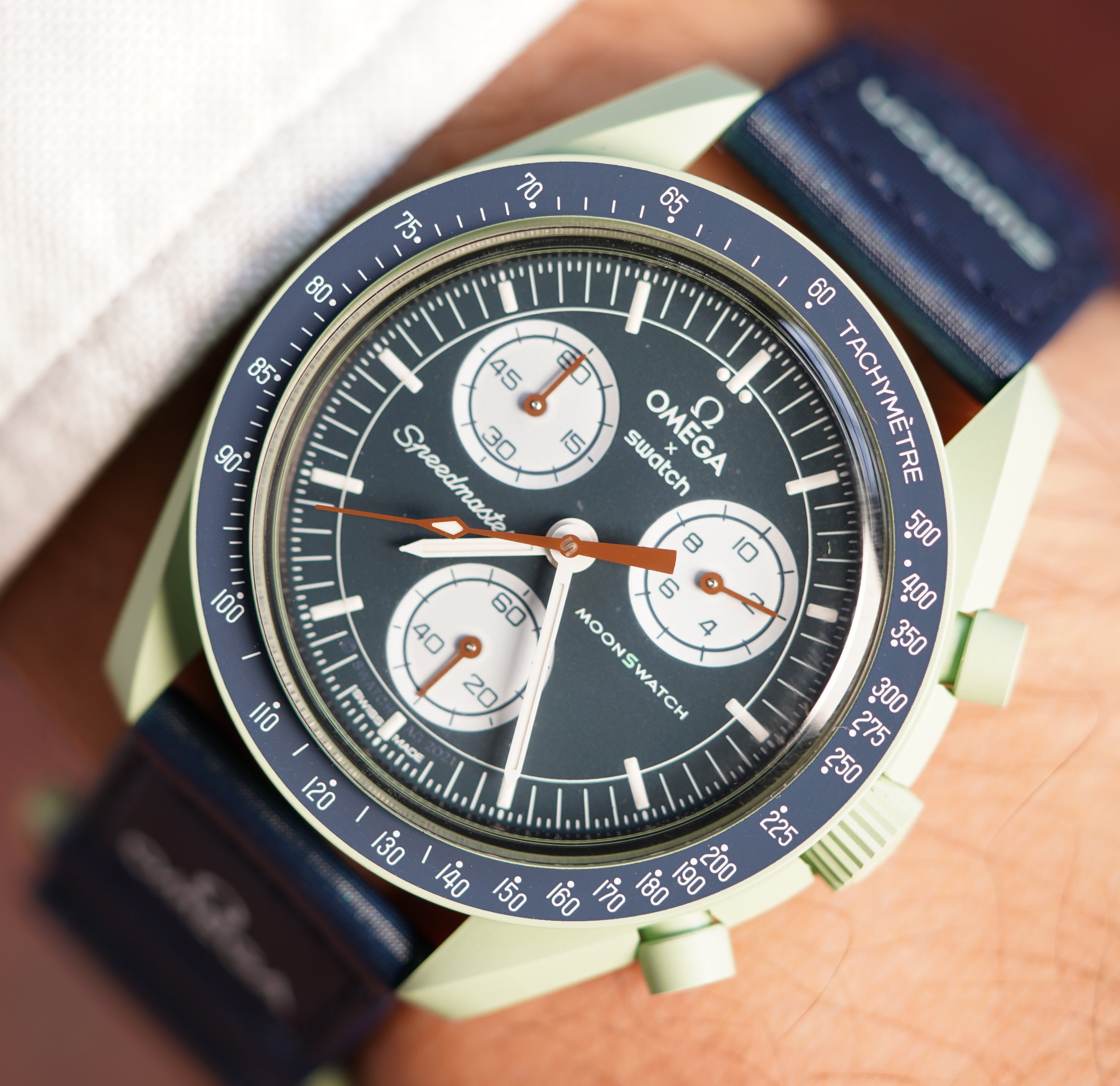
Diversification and Expansion (1990s–2000s):
- Expanded into luxury: Swatch Group owns prestigious brands like Omega, Longines, Breguet, and Blancpain.
- Launched Swatch Access, an early form of wearable tech (integrating payment and ski pass systems).
- Introduced Swatch Internet Time (a decimal-based time system) in 1998.
Vintage Swatch Watches and Modern Designs
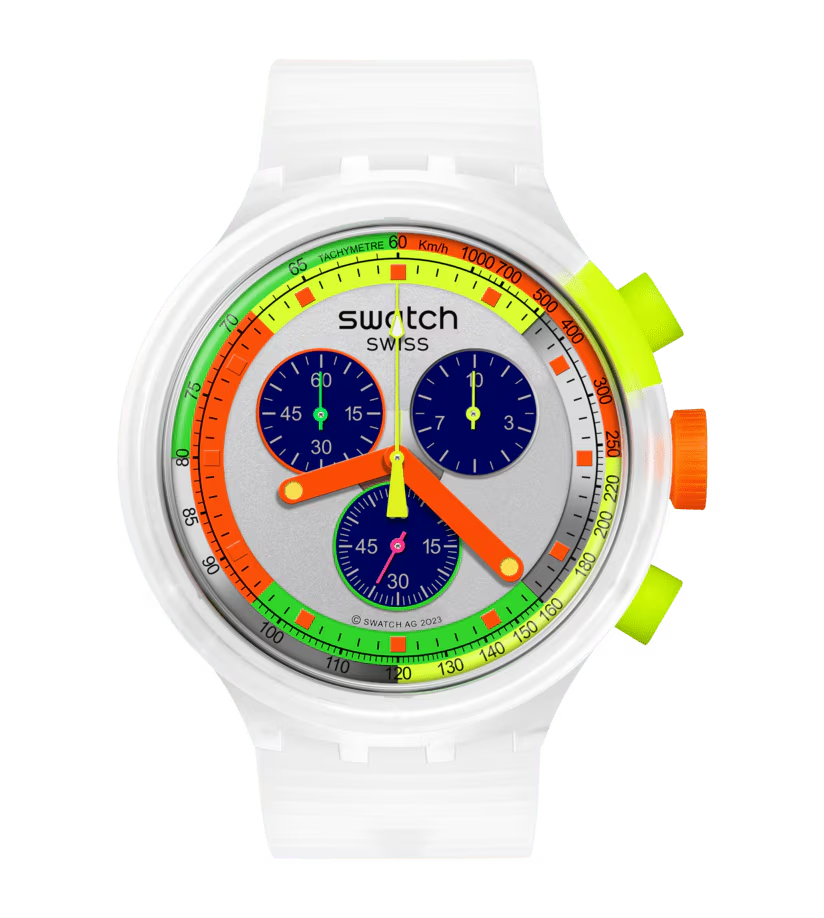

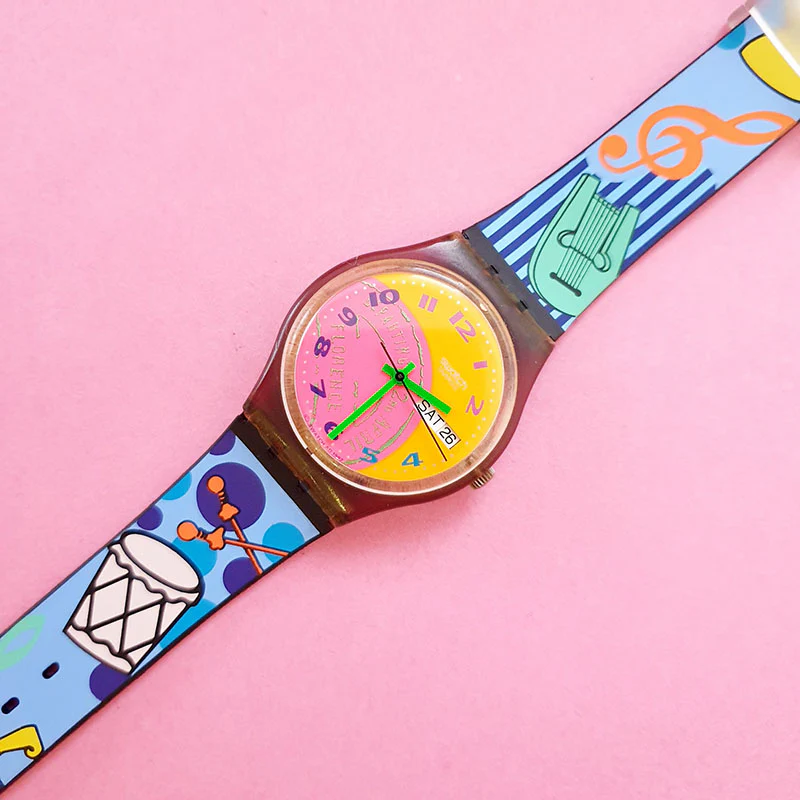
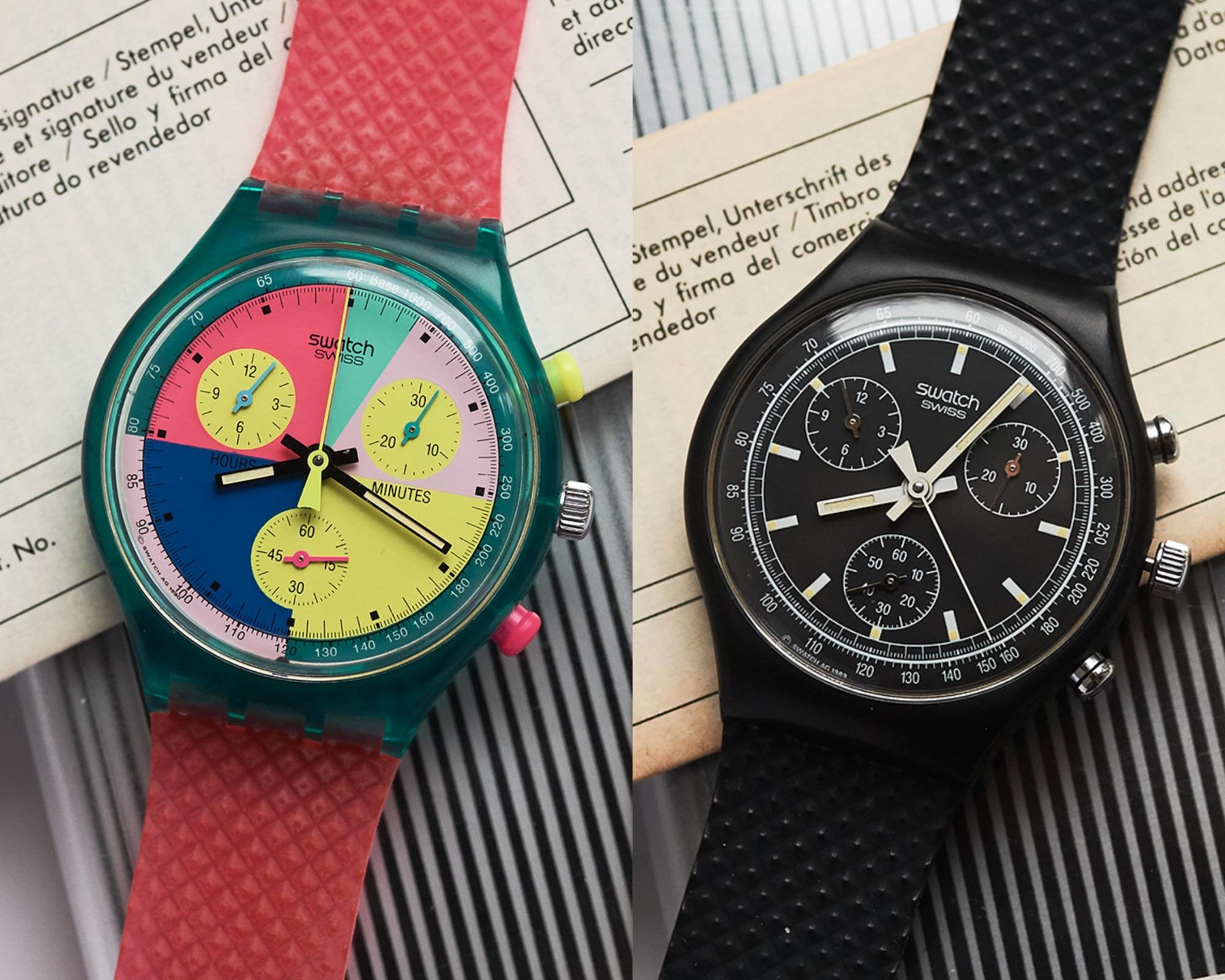
I
Recent Years (2010s–2020s):
- Ongoing artist collaborations and limited editions.
- Revitalized mechanical watches with the Sistem51 (2013): an automatic watch made with only 51 parts.
- 2022 saw the launch of the MoonSwatch — a collaboration with Omega, which caused global frenzy.
Today:
Swatch remains an iconic brand, symbolizing Swiss ingenuity, playful design, and affordable quality.
The Swatch Group is one of the world’s largest watchmakers.
